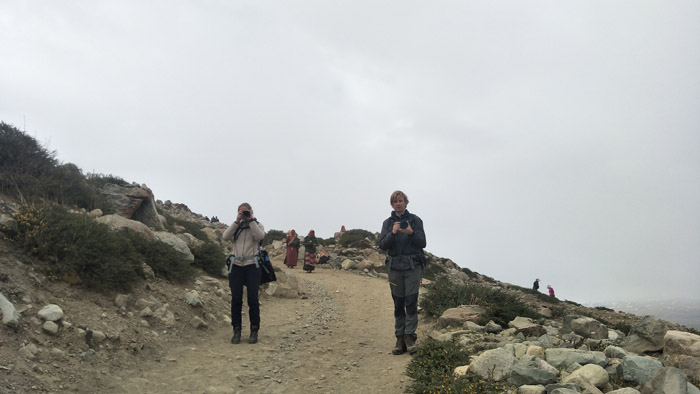How to Plan Tibet Tour
- Home
- How to Plan Tibet Tour
When visiting Tibet it is often challenging to decide what to do and where to travel. If you are interested in exploring Tibet, we suggest contacting our customer service team. This will enable us to help you find what suits your needs, dreams, and desires. In addition to this, we also recommend considering a few aspects when designing your Tibet travel itinerary.

When is the most convenient time to visit Tibet?
Tibet’s geography is diverse, supporting many unique environments not seen elsewhere on the planet. Tibet’s climate is severely dry with little humidity and strong winds whipping through barren landscapes. During the summer months, it is quite hot, while in the winter, it is quite the opposite. While travelers always choose when to visit Tibet, the most popular months are April and November.
April to June is the annual starting season for Tibetan tourism and during these months, the weather is mild. There is ample road access and blue skies every day. The famous Himalayan mountain range is also highly visible, making this an ideal time to explore its high peaks.
Mid-July to August is the rainy season but if you’re most interested in discovering Tibetan culture, this is a fantastic time to tour. This is because many popular rituals (Shoton Festival, Chokor Duchen) and cultural folk festivals (Harvest Festival, Horse Races) take place during these months. July and August are also exceptionally popular times to attend thanks to newly green landscapes and budding native flowers.
From August to November, the weather is warm. The weather and clear skies make these months perfect for trekking. Regional festivals also take place at this time. It is an ideal season to hike in Tibet!
In central Tibet, near Lhasa, the days are surprisingly warm. It is only at night when temperatures drop that you will want to stay in a warm hotel. These are the months when most Tibetan nomads and villagers choose to make religious pilgrimages to Lhasa. Therefore, holy places are always crowded with locals. For this reason, winter months have increased in popularity.
Based on your interests, it is essential to select the right season to travel to Tibet. Many people prefer to spend most of their time trekking through the Himalayan Mountain Range so spring or fall are the seasons that work best for them. Other people want to see and take part in traditional festivals so the summer months are ideal for them. And still others, with a more adventurous spirit, enjoy braving the cold during winter.
How long should I plan for, which places to visit, and what should I see in Tibet?
Lhasa and Southern Tibet
If you are looking for a cultural experience, Lhasa, Central Tibet, Southern Tibet or Western Tibet may be the right areas for you. Visitors interested in trekking may find the mighty peaks of the Himalayas captivating but it would be unwise to not bring a guide to lead these activities.
In Tibet’s Northern and Far-Western regions, nomadic culture is prominent. There are also many other charming features in this landscape such as many stunning lakes and the mystical Mt. Kailash. You may even explore ruins dating back to the Guge Kingdom and follow local pilgrims. To explore Northern Tibet, it is recommended that you take at least 15 days to fully immerse yourself in the beauty and mystery of this region.

The choice of times and places to visit can make any trip fulfilling or miserable. Everyone has different interests so it is imperative to travel according to personal tastes. At Explore Tibet, it is our job to design a trip that satisfies your personal needs. So please send us an email letting us know when you would like to visit and what you would like to see or experience. We love listening to what our clients have to say and making your Tibet travel as enriching as possible.
Reliable Tibet Travel Information
Explore Tibet is registered and based in Tibet, All the Tibet travel information is provided by our professional local Tibet travel team based on the official news of the Tibet tourism bureau in Lhasa.

Contacting Home from Tibet:
Cell phones have decent reception in most major towns and even in some surrounding villages of Lhasa. Chinese cell phone companies (mainly China Telecom and China Mobile). Alternatively, you can send family members the phone number of your tour guide and from there receive phone calls. We must also remind callers of China’s information censorship practices so do try to be a little careful about what you say or send.







